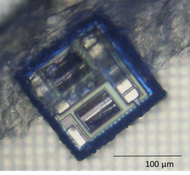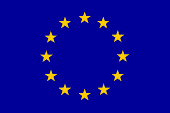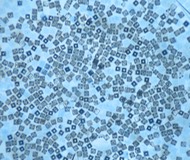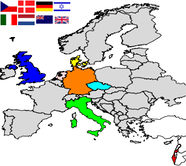The overall objectives of WP3 involve the development of highly porous Au nanoparticle (NP) matrices and polymer matrices for the electrical control of pH changes, uptake/release of metabolites and ion release. These processes will be implemented for programmable synthesis in microscopic lablet systems. Establishing amphiphile compatibility for such systems will significantly expand the range of applications (cf WP9).
For the electrochemical control of programmable synthetic pathways the following issues need to be addressed:
• To develop means for the electrochemical switchable alteration of pH, and the uptake/release of substrates or catalysts/cofactors for the activation of the selected chemical transformations in the respective containments.
• To design appropriate DNA-based programmable synthetic transformations that are activated by electrical stimuli
The aqueous environments in which the lablets will be tested will initially contain only hydrophilic molecules. However, with increasing complexity of the chemical systems with which the lablets will interact, it is anticipated that amphiphilic molecules such as phospholipids or block co-polymers (i.e. molecules containing both hydrophilic and hydrophobic groups) will also be present. It is therefore crucial to establish the compatibility of the lablets with amphiphilic molecules.
Lead HUJI Partners VSCHT, SDU




